Braving the cold and heading out on the water this season? We don’t blame you—some of the best kayaking experiences are at hand during winter. But knowing what to wear for kayaking in winter is tricky without the right guidance.
We’ve put together a list of winter kayaking clothing essentials so you have everything you need to banish the cold and chase those beautiful winter paddles.
1. Thermal base layer
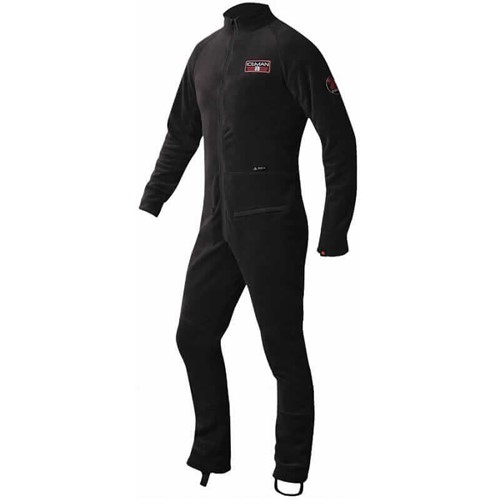
Out of everything on our list, this is the one piece of winter kayaking clothing you don’t want to miss.
A quality thermal base layer will insulate your body thanks to being made from polyester or merino wool—both moisture-wicking fabrics that also provide significant insulation.
You can opt for a full thermal suit or a separate long-sleeve thermal shirt and pair of trousers, depending on what you feel is most comfortable.
Since they keep you warm without holding onto excess moisture, they make a great foundation for layering up against the cold. You can easily add a drysuit, fleece, or waterproof jacket without feeling stuffy when paddling.
2. Drysuit
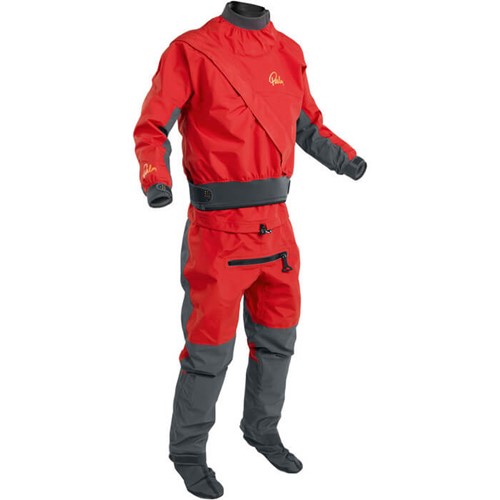
The best clothing for kayaking in winter keeps the cold water at bay—this is where drysuits come in.
Opposed to wetsuits, drysuits are best used for activities that take place outside of the water, as they’re meant to keep you dry instead of warm. They’re the perfect addition to a thermal base layer.
Aside from the usual features such as being waterproof, windproof, and breathable, it would help if you looked out for drysuits designed with kayakers in mind—as they’re usually less restrictive around the arms and shoulders to allow for easy paddling.
Related: The 5 best drysuits for kayaking
3. High-quality spray top
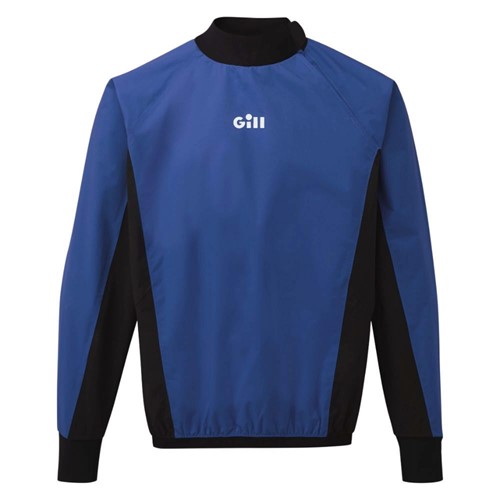
A spray top is a great alternative for those who don’t want to invest in a full drysuit or prefer their winter kayaking clothing to have a little less bulk.
Paired with a thermal base layer, a quality spray top will protect you from icy winds and water spray whilst giving you extra mobility.
Remember, they’re not usually as waterproof as drysuits, so if you’re out for long periods, you should expect to get a little wetter.
4. Neoprene gloves
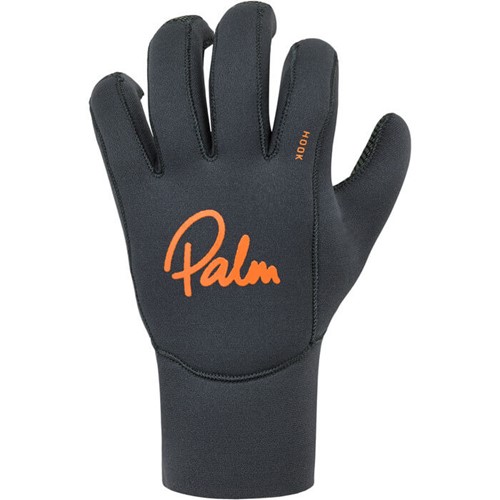
The small bubbles of nitrogen gas found within neoprene make it extra insulating. Nitrogen has an incredibly low thermal conductivity, so providing this layer of tiny gas bubbles between your skin and the water significantly reduces heat transfer.
Neoprene gloves are a staple in clothing for kayaking in winter and can be found in many water sports stores.
Related: The 10 best kayaking gloves
5. Suitable footwear
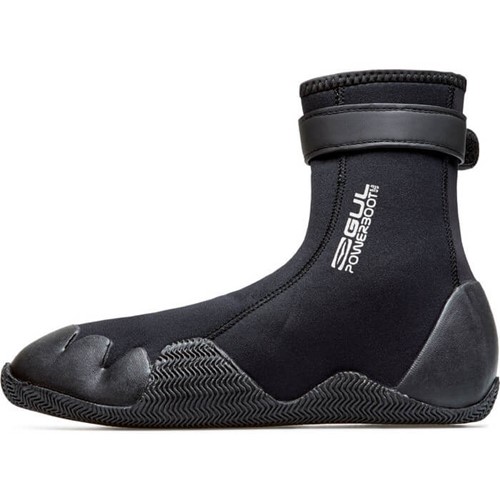
Following on from our last point, there’s a reason neoprene is one of the best materials to look out for when shopping for winter kayaking clothing.
Its heat-trapping capabilities make it perfect for protecting your extremities, which is why it’s also used in socks and shoes designed for kayakers.
Kayaking boots specifically designed with added grip and ankle support are ideal, especially a pair with ankle straps to prevent your feet from being exposed to water.
Neoprene socks are a good way of adding extra insulation, but you can use cheaper alternatives if you’re shopping on a budget and have water-resistant shoes.
6. Headgear
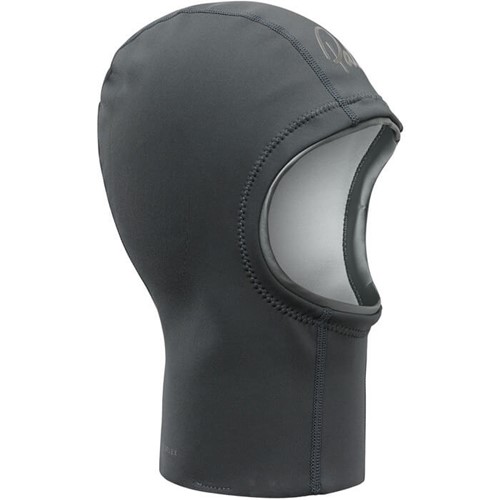
While the old saying about losing most of our body heat through our heads is a myth, we still lose 7-10% this way, so it’s still a good idea to layer up in the colder months.
Your regular beanie will work fine for kayaking, but you might want to purchase a thermal hat or a neoprene hood to keep the cold at bay.
If you’re white water kayaking or want to prioritise your safety, we recommend purchasing a helmet alongside the rest of your winter kayaking clothing.
Not only does it add a strong layer of protection against injuries, but it also helps to keep your head warm when paired with a hat.
7. Aqua parka
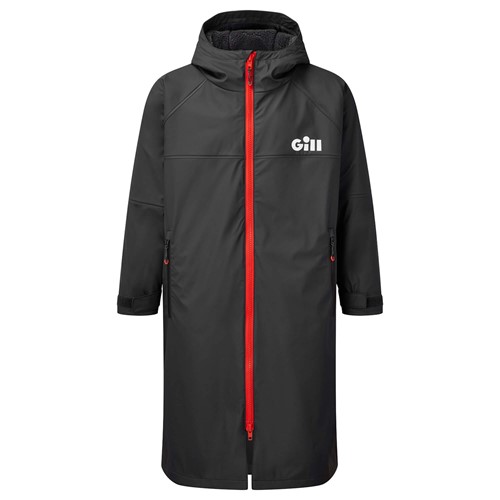
You might want to skip this step if you’re investing in a drysuit, but some kayakers prefer to layer up with a warm coat or aqua parka instead—and we’re here to consider all options.
Aqua parkas are handy for those who like to take a range of layers and change them accordingly, as you can use them to change in and out of clothes wherever you are. They’re also thermal and fully waterproof.
However, they’re not the cheapest option on the market and not necessarily essential—it’s all down to preference. But they’re certainly worth knowing about if you’re particularly outdoorsy and want to change aboard your kayak or at the water’s edge.
8. PFD (personal floatation device)
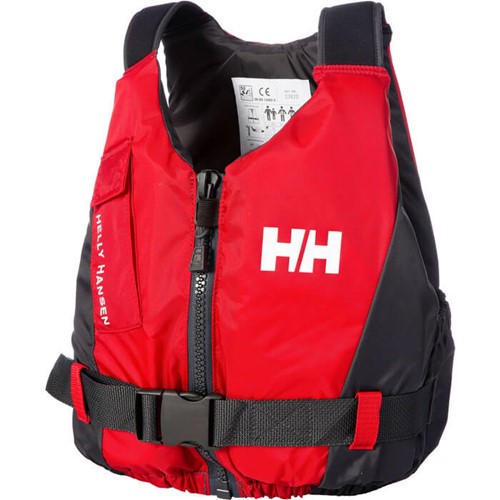
It’s a legal requirement to wear a life vest when kayaking in a vessel deemed ‘seaworthy’ by the manufacturer and strongly recommended for use on smaller kayaks. So, you can count it as essential when it comes to what to wear for kayaking in winter.
There are many different options on the market, from 50N buoyancy aids to 150N+ life jackets (a floatation device must be 150N to quantify as a life jacket).
Our list of the 7 best life vests for kayaking will help you get started.
Specialist kayak insurance from Insure4Boats
Heading out on the water this winter? You might want to protect yourself and your kayak through specialist insurance.
Specialist kayak insurance with Insure4Boats covers your kayak against theft, loss, and damage. New-for-Old cover is included for items bought new and less than 3 years old, so if you need to make a claim, we’ll repair or replace your kayak as new.
You’ll also receive up to £3m Third Party Liability as standard, so you’ll be covered if you injure somebody or damage third-party property while kayaking.
Click here to learn more about how we can help or use the button below to get an instant online quote.
Related
7 items you need to have on your kayak
What's the difference between a kayak and a canoe?
The 9 best inflatable kayaks on the market
Please note the information provided on this page should not be taken as advice and has been written as a matter of opinion. For more on insurance cover and policy wording, see our homepage.


